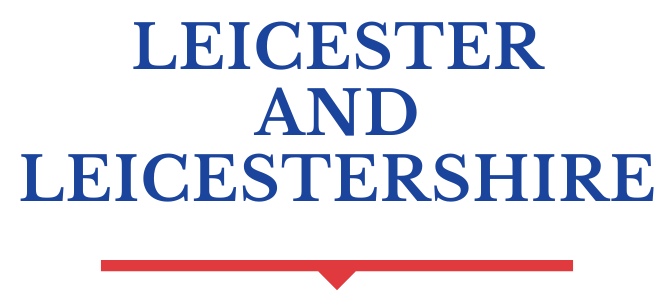Table of Contents
ToggleIn a world where political news can feel like a circus, it’s hard to keep up with the clowns and acrobats juggling issues that impact daily life. From the latest debates to the most outrageous tweets, the US political landscape is a thrilling rollercoaster ride that leaves everyone guessing. Buckle up, because this isn’t just any ride; it’s the one where the stakes are high and the popcorn is always fresh.
Navigating through the chaos of US political news can be daunting, but understanding the key players and their antics can be both enlightening and entertaining. Whether it’s the latest scandal or a groundbreaking policy shift, staying informed is essential for making sense of the ever-changing political arena. So grab your virtual notepad and get ready to dive into the whirlwind of political happenings that shape the nation.
Overview of US Political News
US political news encompasses a dynamic and rapidly evolving landscape. Coverage includes announcements from government officials, policy reforms, and significant legislative developments. Congressional debates generate attention as lawmakers present varied perspectives on pressing issues, reflecting the divided nature of the political spectrum.
Daily news cycles often spotlight tweets and comments from public officials, impacting public discourse. Media outlets report on major events, utilizing a range of formats including traditional articles, live broadcasts, and online commentary. Engaging with this diverse array of sources helps individuals stay informed about ongoing political events.
Scandals frequently emerge, creating waves within both political parties. Investigative reporting on corruption, ethical violations, and campaign financing raises questions about transparency and accountability. Citizens must recognize the importance of discerning credible news from misinformation amid such chaos.
Election cycles add another layer of intensity to US political news. Candidates campaign vigorously, focusing on key issues such as healthcare, education, and climate change. Voter engagement is crucial, as public opinion can shift rapidly based on candidate performance in debates or media appearances.
Polls and surveys chart voter preferences, showcasing shifting alliances and emergent trends. Understanding these fluctuations equips the public to make informed decisions at the ballot box. Accessing reliable analytics offers insights into how political strategies evolve over time.
Providing a comprehensive understanding of US political news involves recognizing the interplay between various factors. Strategic communication from political actors, media narrative framing, and public responses shape the overall political climate. Staying engaged with these developments ensures citizens maintain awareness of their impact on everyday life.
Major Political Events
The US political landscape often shifts with significant developments. Notable events shape public opinion and influence policy direction.
Presidential Elections
Presidential elections in the US create intense engagement from voters. Candidates outline their platforms, focusing on issues like healthcare, economy, and education. In 2020, voter turnout reached over 159 million, indicating heightened participation. Polls indicate fluctuating preferences, reflecting the electorate’s sentiment towards candidates. Recent statistics show that about 60% of voters remain undecided until close to election day. Voter outreach and grassroots campaigns play vital roles. Strategic advertising targets specific demographics, aiming to influence public opinion.
Congressional Sessions
Congressional sessions set the stage for major legislative discussions. Throughout 2023, frequent debates occurred on topics such as infrastructure, climate policy, and voting rights. Committees examined proposed laws, providing essential recommendations. Each session reveals the divided nature of Congress, where partisan alignments often determine outcomes. Recent debates on budgetary issues drew significant media attention, highlighting spending priorities. Citizens follow these sessions closely, understanding their impact on everyday life. Legislative changes often provoke public response, driving grassroots movements and advocacy efforts.
Key Political Figures
Staying informed about key political figures provides valuable insights into U.S. political news and current events.
Current Administration
The current administration, led by President Joe Biden, focuses on various initiatives, including infrastructure investment and climate change. Vice President Kamala Harris plays a crucial role in shaping policy and engaging in diplomatic efforts. Cabinet members address issues ranging from healthcare to education. Significant legislative accomplishments include the American Rescue Plan, which allocated $1.9 trillion for economic recovery and stimulus. The administration navigates challenges, such as partisan gridlock and global crises, while emphasizing unity and bipartisanship in its messaging.
Opposition Party Leaders
Opponents in Congress, particularly from the Republican Party, are vocal about their critiques of the current administration. Senate Minority Leader Mitch McConnell frequently challenges legislative proposals, advocating for conservative fiscal policies. House Speaker Kevin McCarthy leads discussions on issues like immigration and economic growth, pushing for alternative solutions. Prominent figures in the party often appear on media platforms, articulating their perspectives on pressing national concerns. The opposition party’s stance influences public discourse and shapes the political landscape, especially during election cycles.
Influence of Media on Political News
Media plays a pivotal role in shaping political narratives and informing the public. News outlets cover significant events, policy changes, and congressional debates, directly influencing public opinion. The prevalence of social media platforms has transformed how information circulates, allowing direct communication between politicians and constituents.
Traditional news organizations highlight key issues during election cycles. Attention centers on voter outreach, with candidates emphasizing healthcare, the economy, and education. For instance, the 2020 presidential election prompted over 159 million voters, showcasing the impact of media on voter engagement.
During congressional sessions, media coverage amplifies partisan divisions and legislative debates. Journalists report extensively on infrastructure, climate policy, and voting rights, framing these discussions for public consumption. Coverage tends to shape citizens’ perceptions and foster engagement with ongoing political developments.
Misinformation poses significant challenges in the current media landscape. Citizens must discern between credible news sources and unfounded claims, especially during high-stakes moments such as elections. Fact-checking organizations have emerged to combat false narratives and enhance transparency.
Media narratives also influence political strategy and public response. GOP leaders like Mitch McConnell and Kevin McCarthy utilize media platforms to voice critiques of the Biden administration. Their statements contribute to ongoing dialogues surrounding national issues and shape public sentiments, especially during election seasons.
Ultimately, the intersection of media and politics underscores the importance of staying informed. Engaging with diverse news sources fosters a well-rounded understanding of the dynamic political environment. Awareness of media influence empowers citizens to navigate the complexities of political news effectively.
Social Media and Political Discourse
Social media significantly affects political discourse in the United States. Platforms like Twitter and Facebook enable politicians to communicate directly with constituents. Tweets and posts often become central to political debates and narratives. Elected officials use these platforms to share updates, promote policies, and engage with the public.
Engagement levels vary, with many people reacting to news through likes, shares, and comments. Discussions on these platforms frequently shape public opinion, influencing how issues are perceived. Misinformation spreads rapidly, making it critical for users to identify credible sources. Initiatives by fact-checking organizations help combat false narratives.
Data shows that 69% of adults in the U.S. use social media, impacting their views and knowledge about politics. For instance, political memes and viral videos create moments of clarity or confusion among voters. Information shared on social media often reaches wider audiences than traditional news outlets.
During elections, social media campaigns play crucial roles in voter outreach. Candidates leverage targeted ads to connect with specific demographics. Campaigns often employ influencers to reach younger voters who engage more on these platforms. Engaging content can mobilize supporters and drive voter turnout.
Challenges remain as social media becomes polarized, reflecting broader political divisions. Echo chambers can create environments where individuals only encounter viewpoints that reinforce their beliefs. Not all discourse is constructive; trolling and harassment can stifle valuable discussions.
Political officials and organizations increasingly recognize the power of social media. Their strategies often include monitoring trends and responding swiftly to public sentiment. An informed electorate relies on diverse media sources, ensuring a more comprehensive understanding of the political landscape.
Staying engaged with US political news is essential in today’s fast-paced environment. As events unfold rapidly citizens must prioritize reliable sources to avoid misinformation and enhance their understanding. The interplay between media coverage and political discourse shapes public opinion and influences daily life.
Active participation in political discussions and awareness of key issues fosters a more informed electorate. By navigating the complexities of the political landscape individuals empower themselves to make informed decisions that impact their communities. The ongoing evolution of political narratives underscores the importance of vigilance and engagement in shaping the future.








